Japan is a modern country characterized by bullet trains winding their way through cities and towns, towering skyscrapers, neon-lit commercial and shopping centers, and the latest trends in fashion and consumer electronics. Despite all these, it has maintained its old soul; you’ll still see old temples in different parts of the concrete jungles of Osaka, Tokyo, Kyoto, and other places. Here are some of the Japanese temples you can add to your bucket list as you explore the country.
Senso-ji
Sensoji or Asakusa Kannon Temple is a Buddhist place of worship and is also a popular tourist attraction for both locals and foreigners. It stands out because it is an ancient structure surrounded by towering skyscrapers. When you walk towards the temple, you’ll have to go through the Thunder Gate first.
As you inch towards Hozomon (the second gate), you’ll come across a shopping street that sells different kinds of knick-knacks, snacks, and other trinkets and souvenirs. Inside the complex, you’ll see a pagoda and the main hall. Take your time soaking in culture and history. There may be a lot of people, but the temple, the oldest in Tokyo, is still worth going to.
Entrance Fee: FREE
Opening and Closing Time: 6:00 AM to 5:00 PM (opens at 6:30 AM from October to March)
Directions: From Tokyo Station, get on the JR Yamanote Line bound for Kanda Station (¥140) and after alighting, get on the Ginza Subway Line bound for Asakusa (¥170).
Ginkaku-ji
Kyoto has a number of UNESCO-listed sites; some of which are ancient temples such as Ginkaku-ji or also known as Silver Pavilion. Ginkaku-ji wasn’t originally a temple complex; it was a retirement villa that Shogun Yoshimasa had built. Upon his death, the villa was turned into a Zen temple. Fast forward to today, you’ll see various buildings and gardens as you explore.
The temple grounds are a good example of Japanese culture and history. One of the best times to visit is autumn because the trees in the gardens will be in various shades of green, yellow, orange, and red.
Entrance Fee: ¥500
Opening and Closing Time: 8:30 AM to 5:00 PM
Directions: From Kyoto Station, bus numbers 5, 17 or 100; this costs around ¥230.
Kinkaku-ji
Also known as the Golden Pavilion, this temple is one of the most famous not just in Kyoto, but the entire country. The Zen temple’s distinctly golden hue makes it stand out. This structure on a lake is picturesque, especially during a clear day. You’ll see the reflection of the temple and the surrounding trees and plants on the waters.
Each floor of the temple follows a distinct design that dates back to Kyoto’s glory days as an aristocracy. The first level follows the Shinden style characterized by the white walls and wooden pillars, both of which complement the beautiful gilded upper sections of the structure. The second section follows the Bukke design used in the houses of samurais during ancient times with its exterior coated in gold.
Entrance Fee: ¥400
Opening and Closing Time: 9:00 AM to 5:00 PM
Directions: From Kyoto Station, you can take bus numbers 101 or 205; this costs around ¥230.
Nanzoin Temple
This temple located in Fukuoka Prefecture is a good half-day trip from the city. There are many Buddhist relics and statues in the complex, but the biggest and most important one is the Reclining Buddha. Its relatively remote location makes it an ideal place to visit for those who want to get away from the hustle and bustle of the metropolis. It has different gardens where you can enjoy nature and contemplate.
Entrance Fee: Free unless you enter the prayer room (¥500)
Opening and Closing Times: 9:00 AM to 5:00 PM
Directions: Board the express train from Hakata Station to Kido Nanzoin-mae Station.
Ryoan-ji
You’ll have plenty of temples to choose from when you visit Kyoto. One of the noteworthy ones to visit is Ryoan-ji. It has a rock garden that draws several tourists daily. This consists of pebbles and rocks carefully laid out. Before its conversion into a Zen temple in the 1450s, it was a villa owned by an aristocrat. There are nice walking trails that allow you to empty your thoughts, relieve stress, or just enjoy nature.
Entrance Fee: ¥500
Opening and Closing Time: 8:00 AM to 5:00 PM (March-November), 8:30 AM to 4:30 PM (December to February)
Directions: From Kyoto Station, there are buses that directly travel to this attraction; the fare is around ¥230.
Todai-ji
This temple is one of Nara’s most famous landmarks; many local and foreign tourists visit to get a glimpse of Japan’s past. The complex completed construction in 752 and was recognized as the ‘head’ of all the provincial Buddhist temples in the country. The main hall, also known as Big Buddha Hall, has one of the biggest Buddha bronze statues in Japan.
Entrance Fee: ¥600
Opening and Closing Times: 7:30 AM to 5:30 PM (April to October), 8:00 AM to 5:00 PM (November to March)
Directions: You can get on a bus bound for Todaiji Daibutsuden from either JR Nara Station or Kintetsu Nara Station.
Sengaku-ji
If you’ve seen or at least heard of the movie or literature about the “47 Ronin”, this is a temple you should visit. Sengaku-ji is the place where you’ll find the graveyard of the famous masterless samurai. Their story is still well-known among the Japanese. Visitors pay their respects to the loyal samurais by burning incense. There is also a yearly festival that commemorates the brave act of the samurai during December.
Entrance Fee: FREE
Opening and Closing Times: 7:00 AM to 6:00 PM
Directions: Get on a train on the Toei Asakusa Line to Sengakuji Station.
Osu Kannon
If ever you’re in Nagoya, you can visit one of its most popular temples, Osu Kannon. The original temple used to be in Gifu Prefecture, but Tokugawa Ieyasu had it moved to its current place in 1612. It houses Kannon’s wooden statue and is the main reason people visit the temple. Just below its main hall is the Shinpukuji Library, which holds thousands of classical texts. A couple of meters from Osu Kannon is a shopping street where you can buy apparel, some food, and souvenirs.
Entrance Fee: FREE
Opening and Closing Times: Always Open
Directions: Osu Kannon Station is the stop to reach this destination if you take the subway. From Nagoya Station, board a train on the Higashiyama Line and switch to the Tsurumai Line once you get to Fushimi Station, and board another train bound for Osu Kannon. The trip costs about ¥200 one way.
Naritasan Temple
If you have half a day to spare before your flight out of Narita, visit Naritasan Temple. It has centuries of history and is an important city landmark. The complex grounds have a handful of halls and the Great Pagoda of Peace. It also houses Buddhist Fudo Myoo deity’s statue, which is its main object of worship.
Entrance Fee: FREE
Opening and Closing Times: Always Open
Directions: The temple is around 20 minutes’ walk from JR Narita Station. Follow Omotesando Street to get to this attraction.
There are many other temples in Japan; these are only some you can visit. The country has history and culture that dates back centuries, and its temples are just gateways to them. You’ll get a glimpse of Japan’s past with the design, architecture, and even layout of these structures.
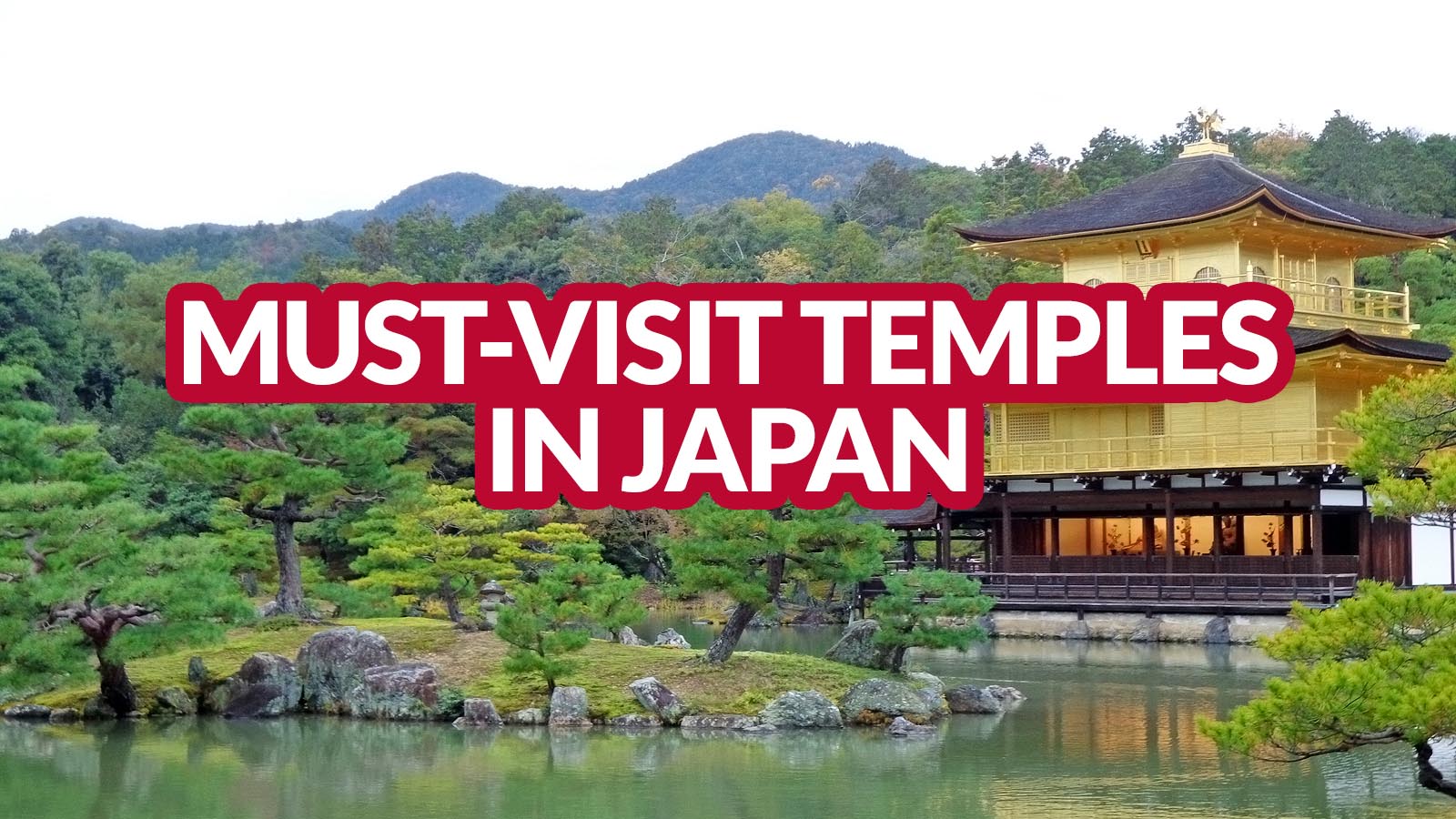
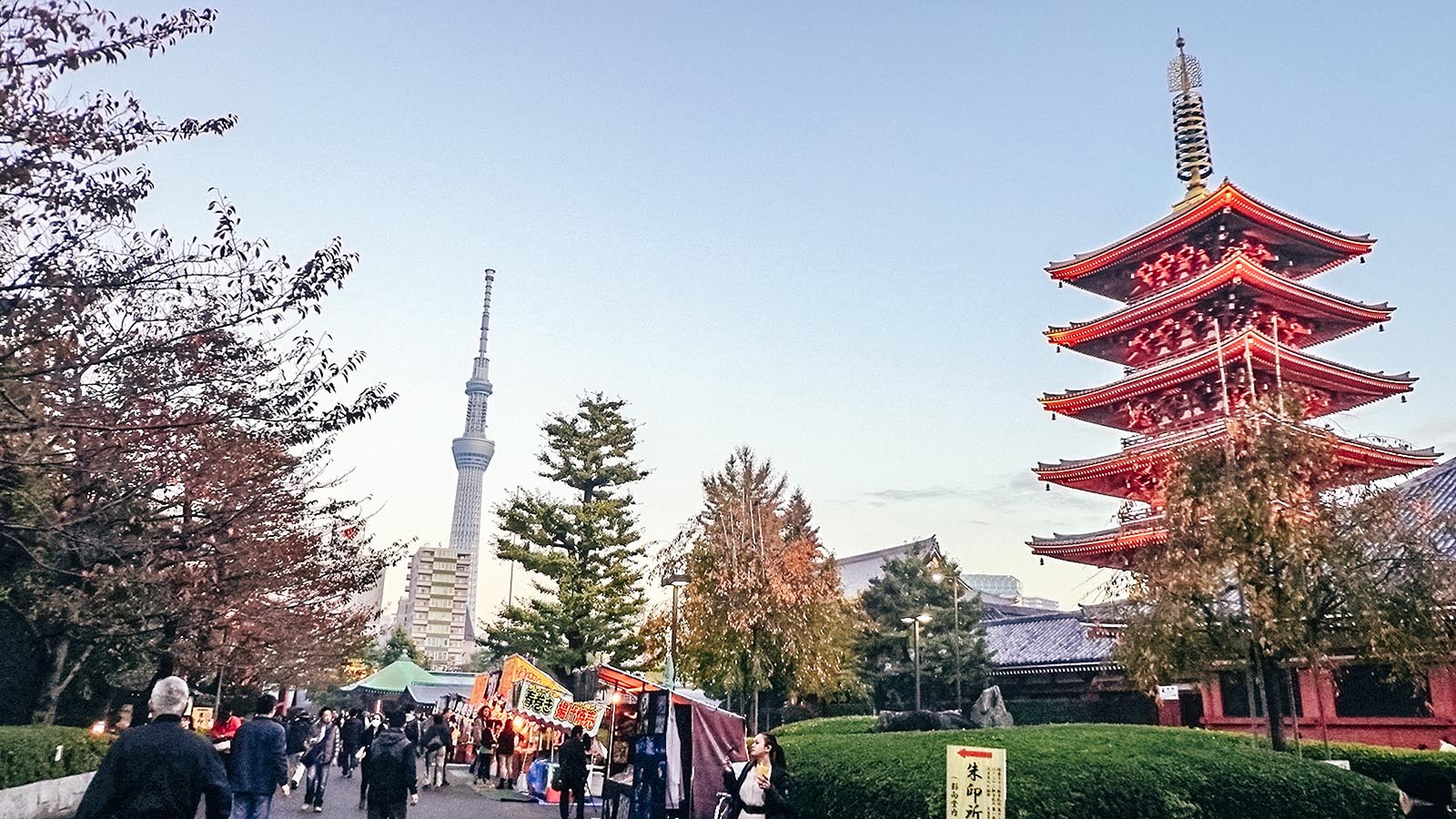
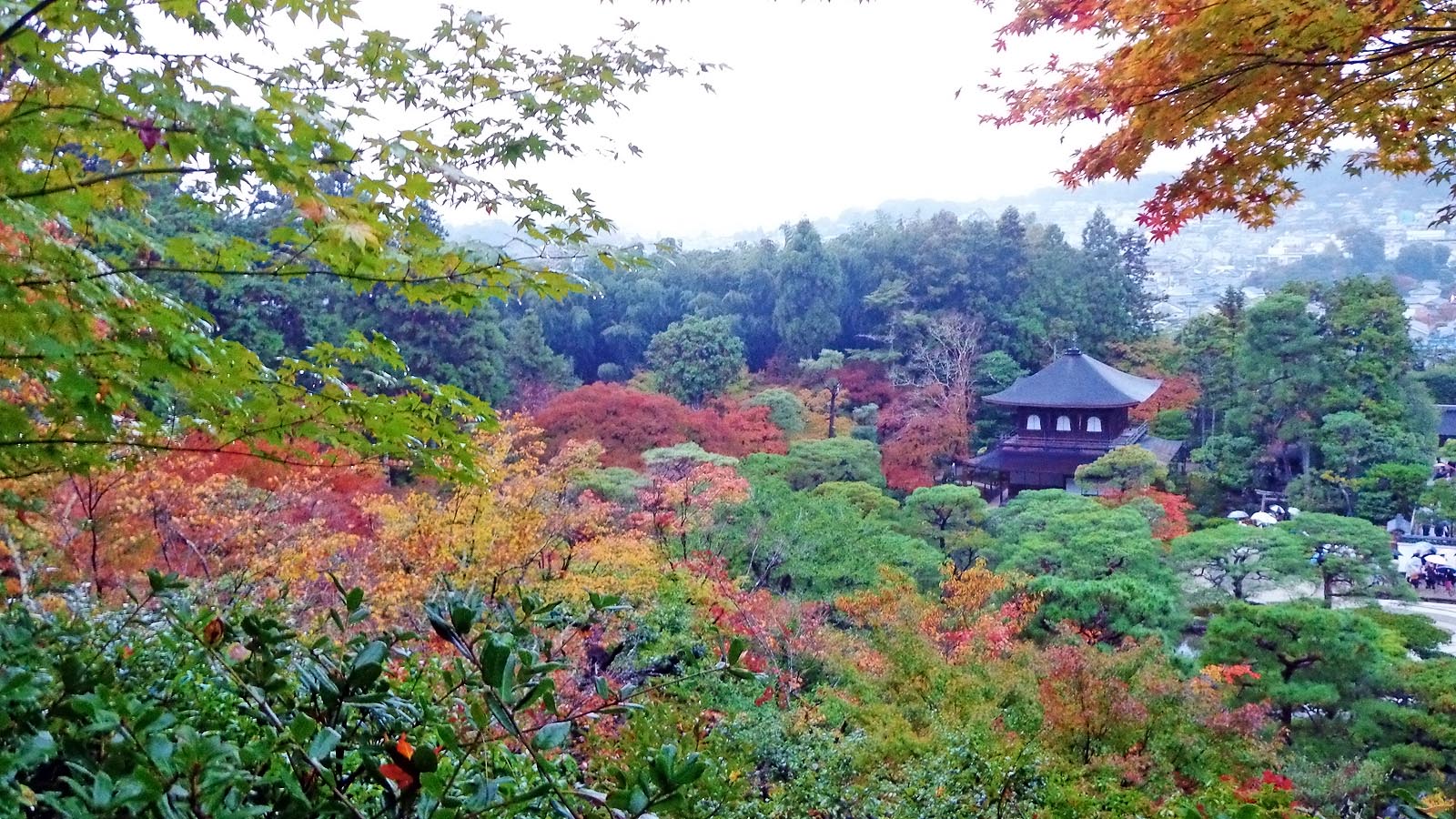
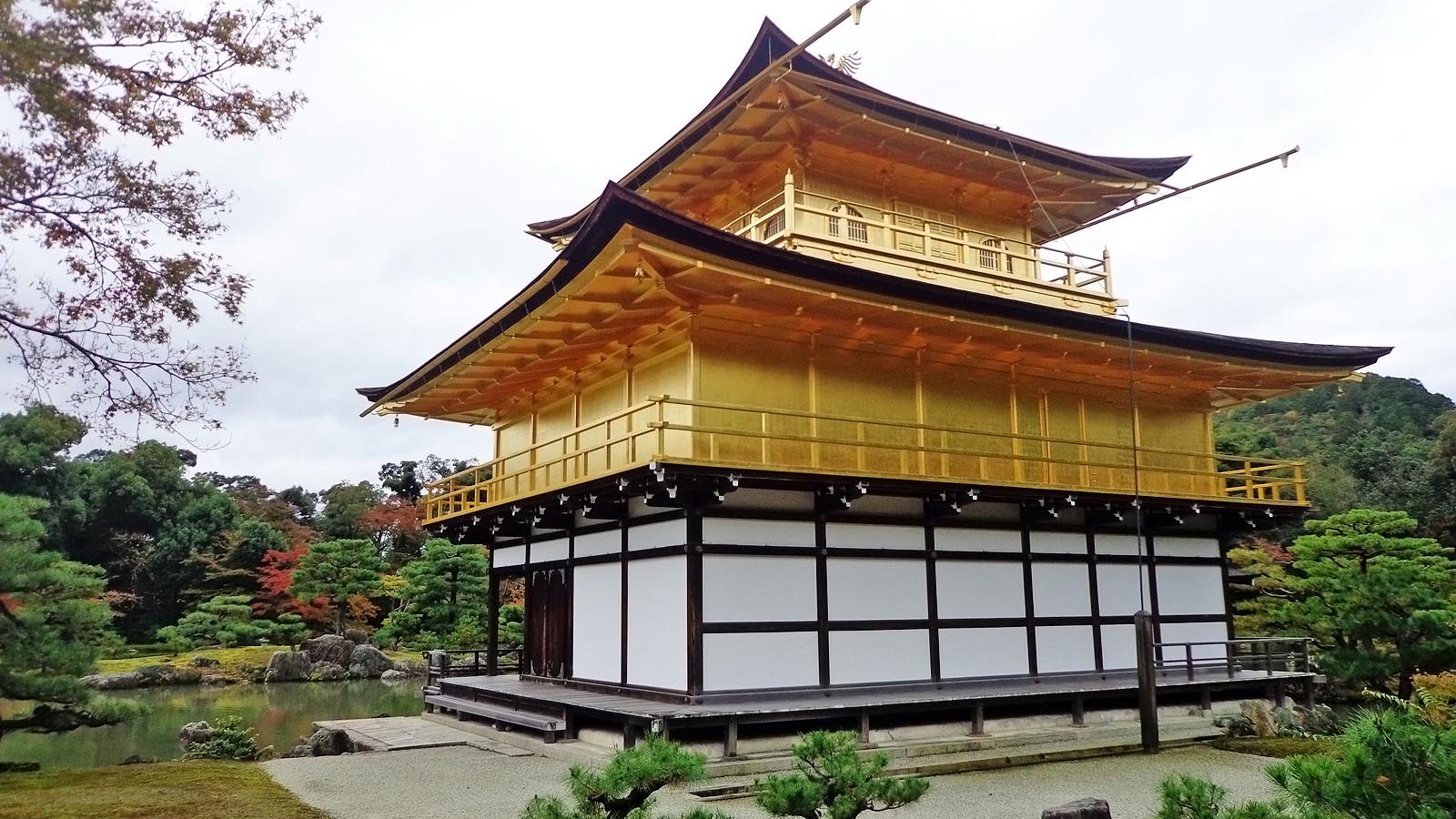
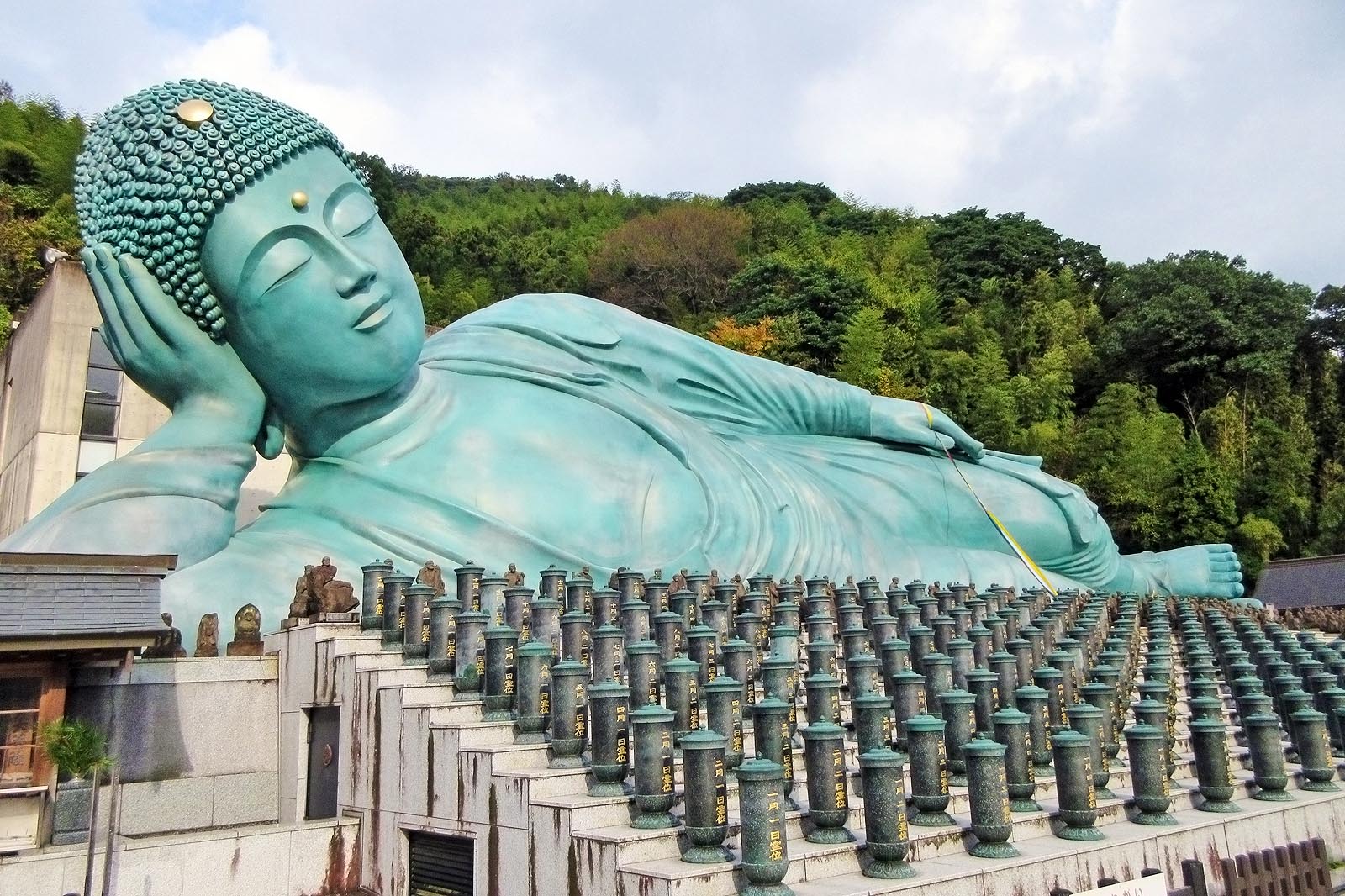
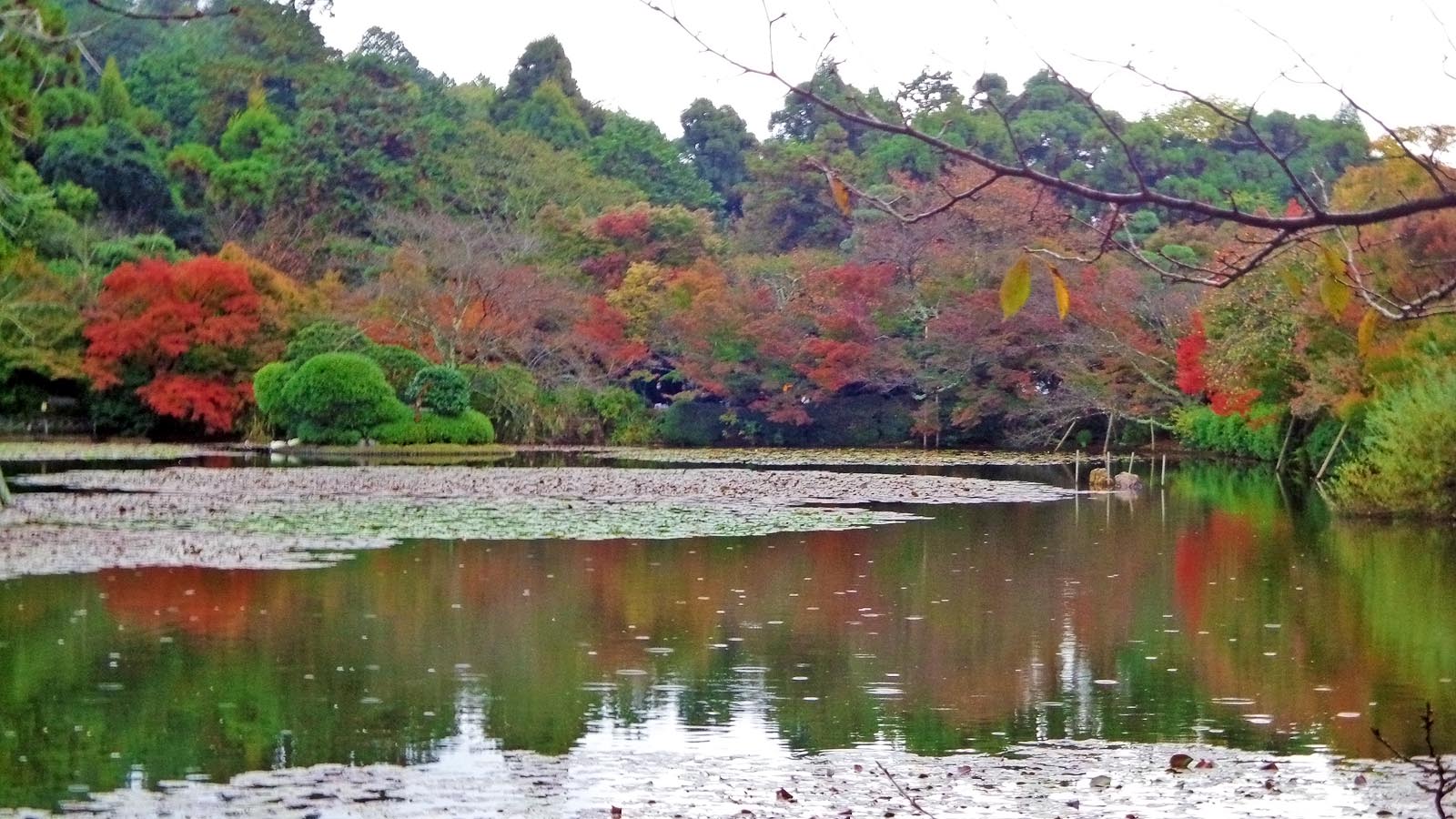
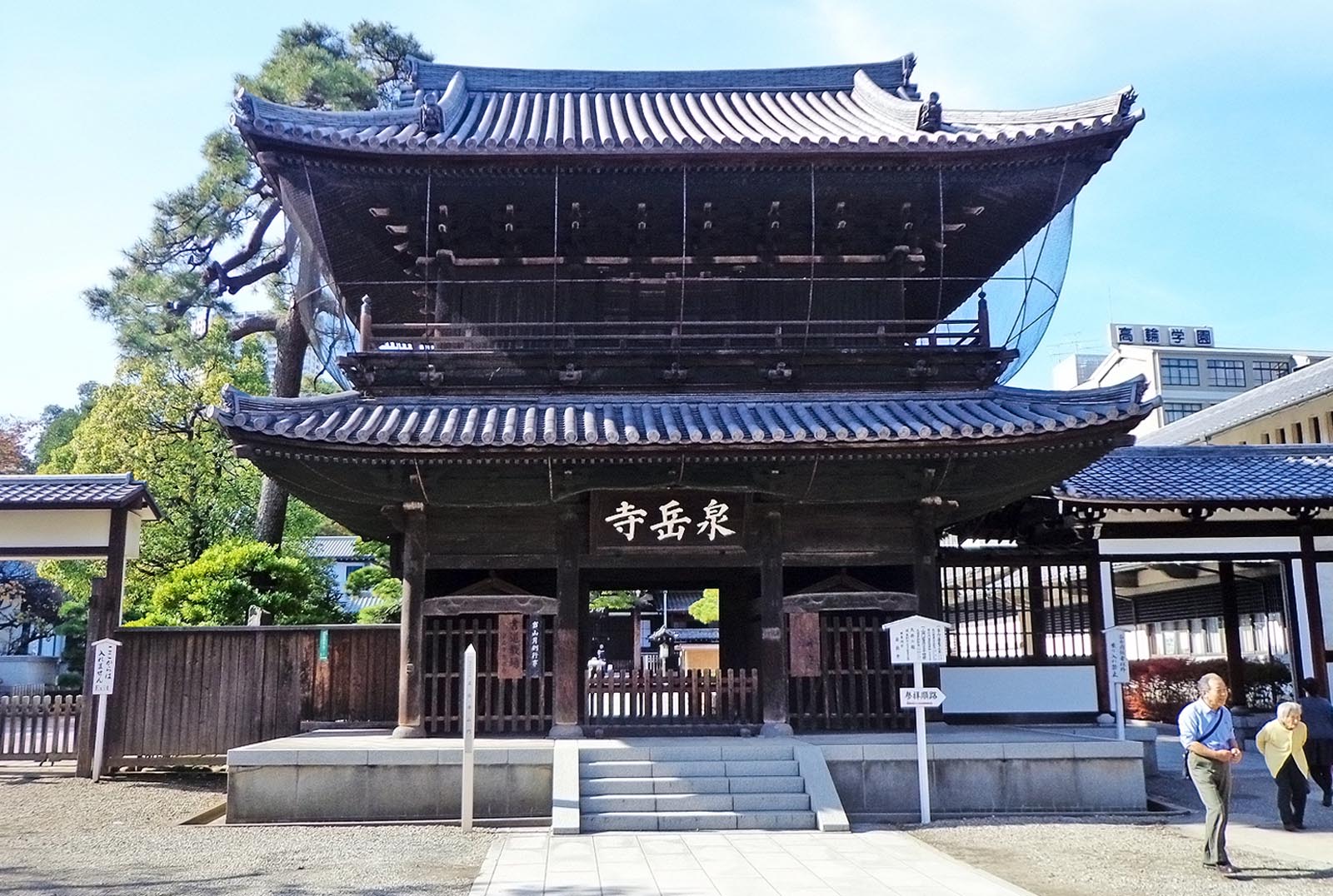
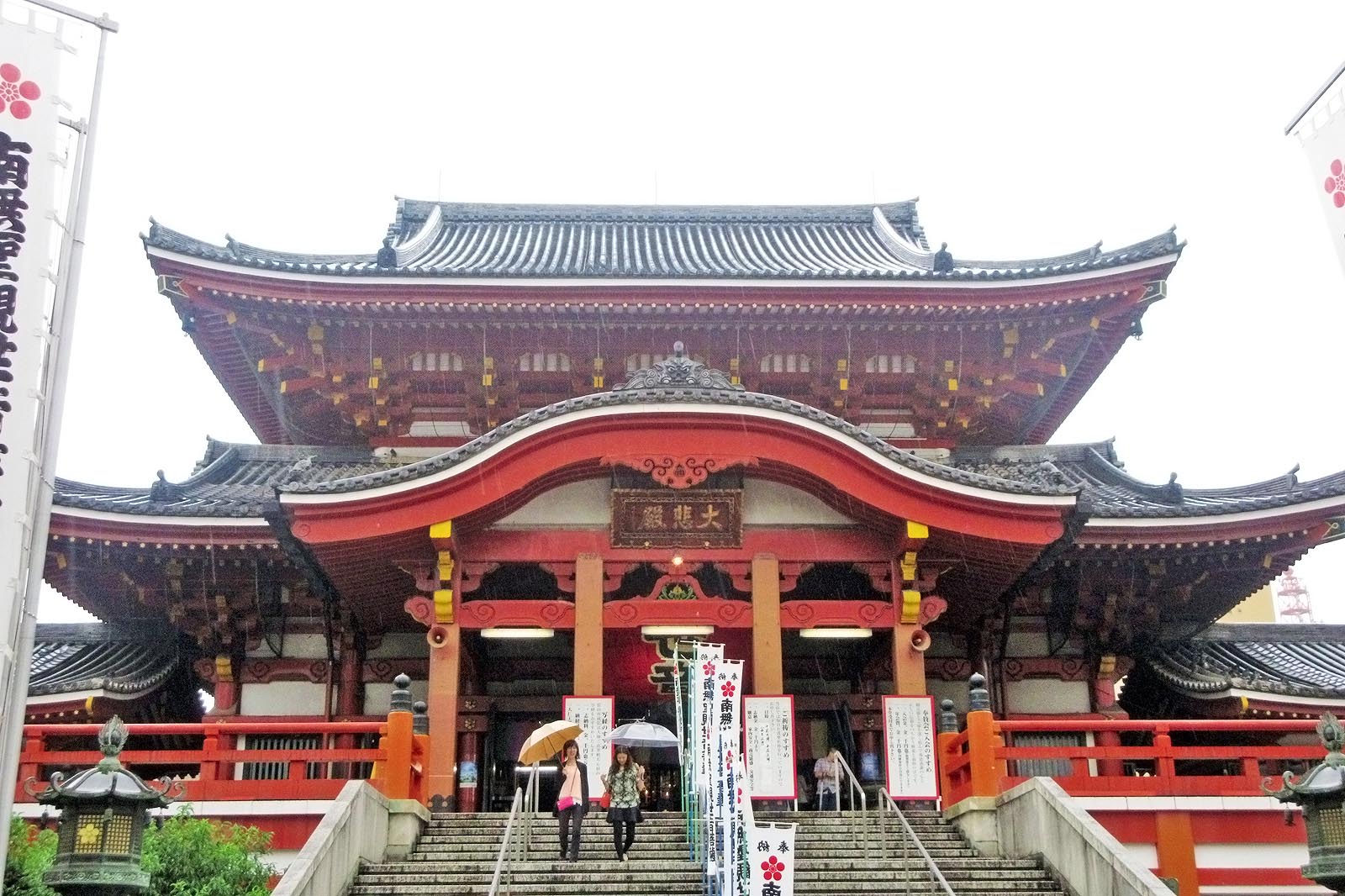
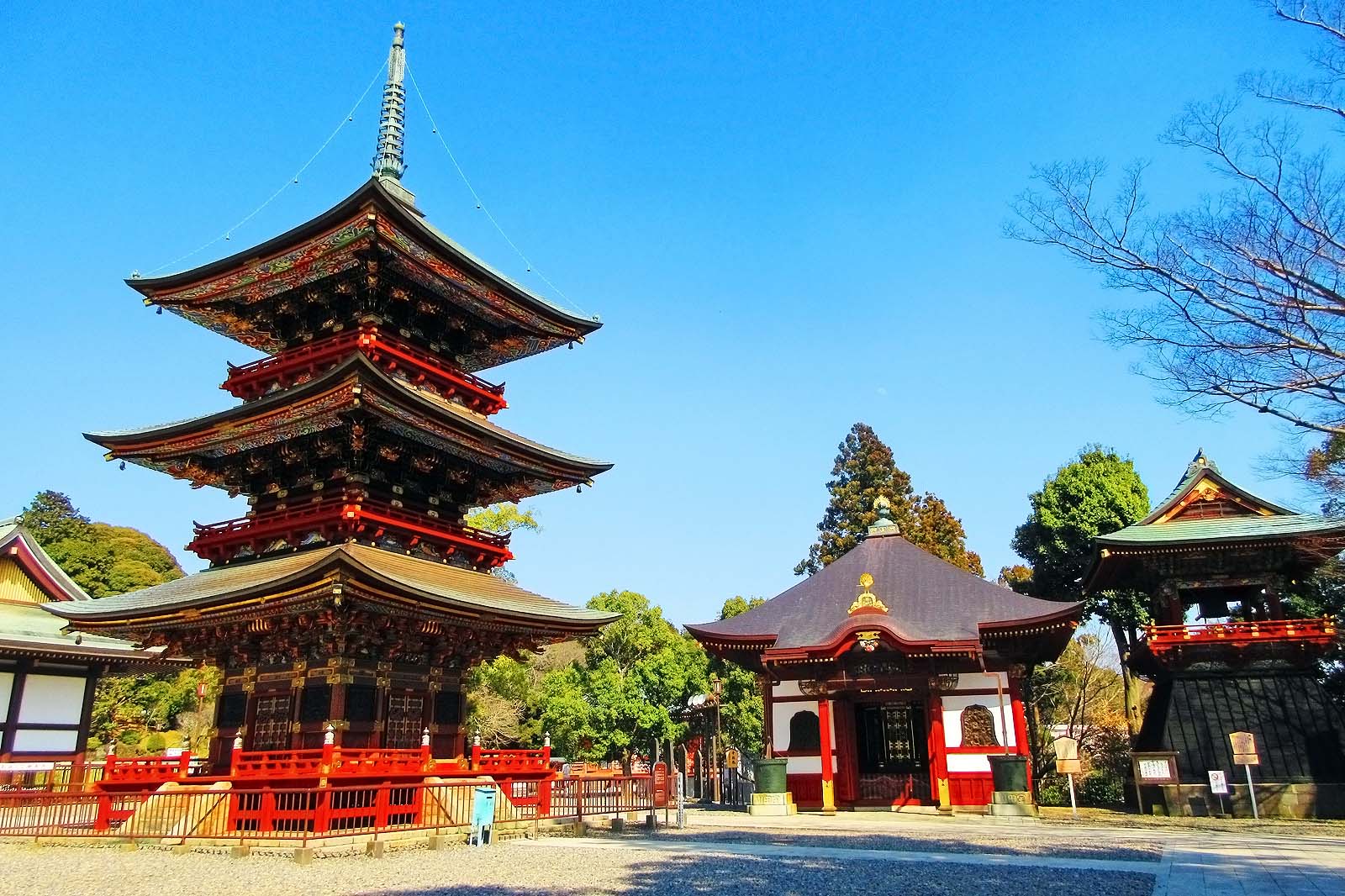
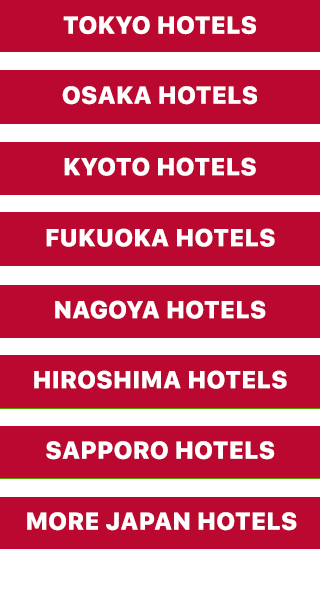


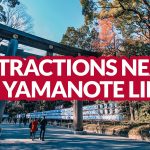



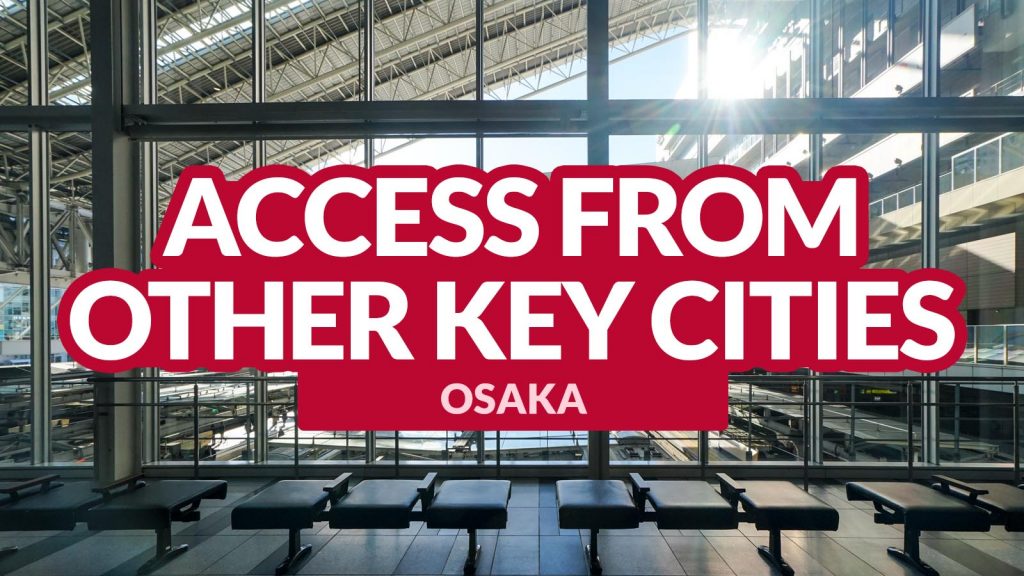
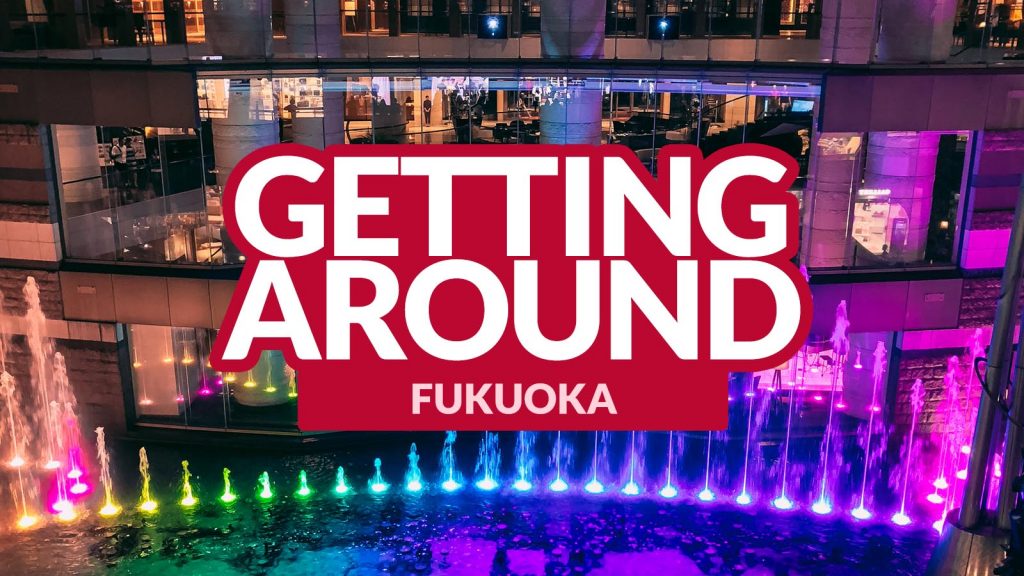
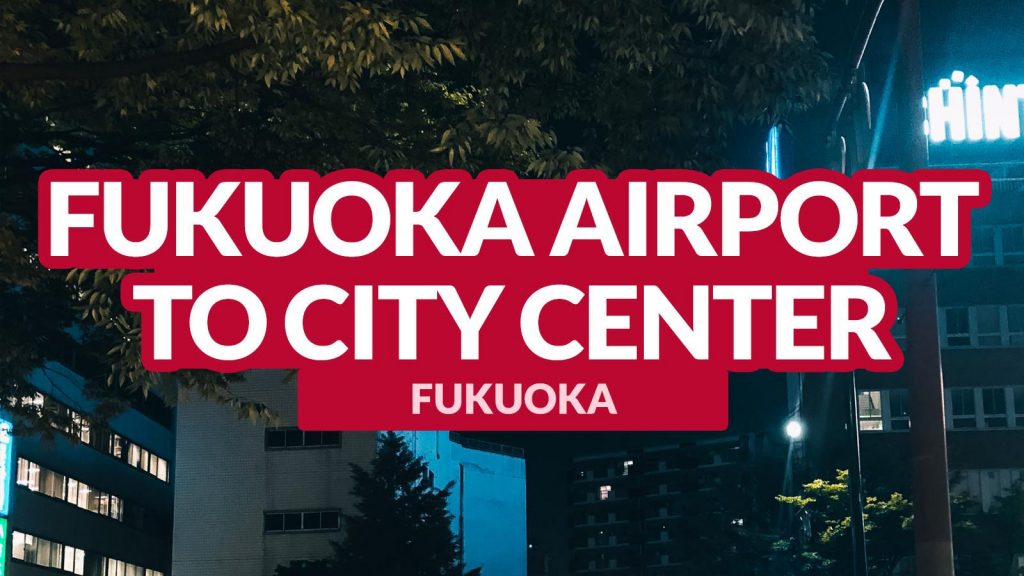
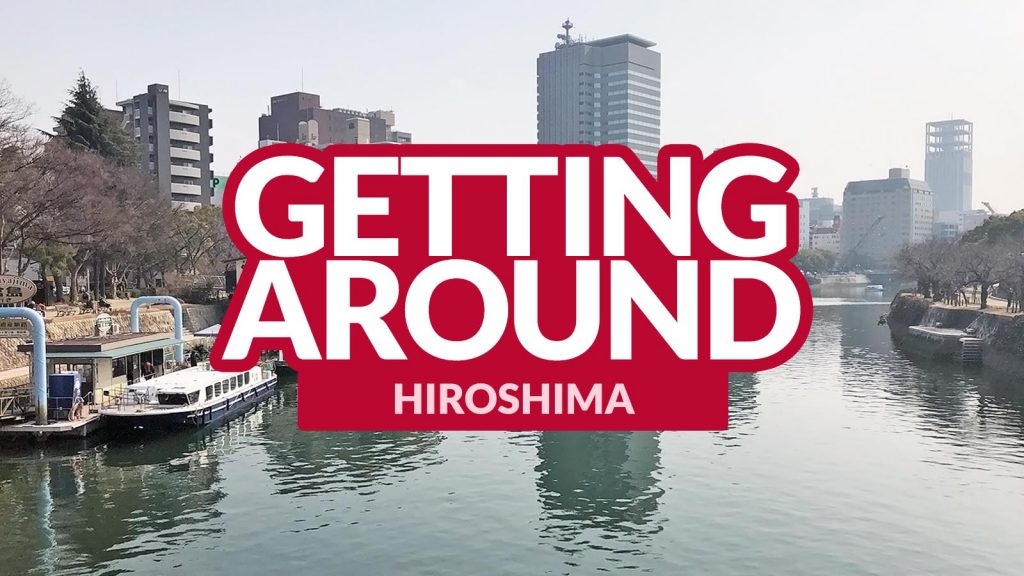
Comments